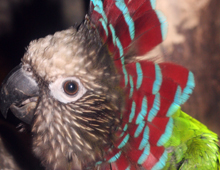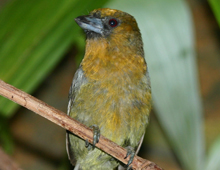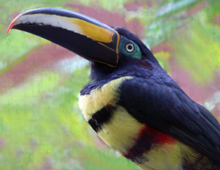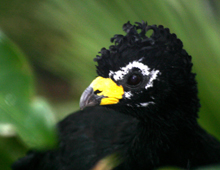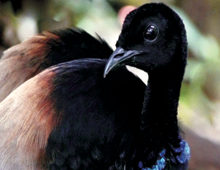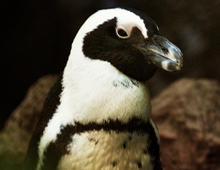
Living on both coasts of South Africa, as well as Namibia, this engaging bird was encountered by Vasco da Gama and his crew, as they rounded the Cape of Good Hope in 1497, becoming the first penguin known to Europeans. Also known as the African or Jackass penguin, this is the first penguin bred in zoos, in London in 1907, as well the first in the US, at the Bronx Zoo in 1915. Almost all of the more than 2,000 kept world-wide are captive-bred; more than 700 live in North America. With only 50,000 in the wild, this is an important resource.

